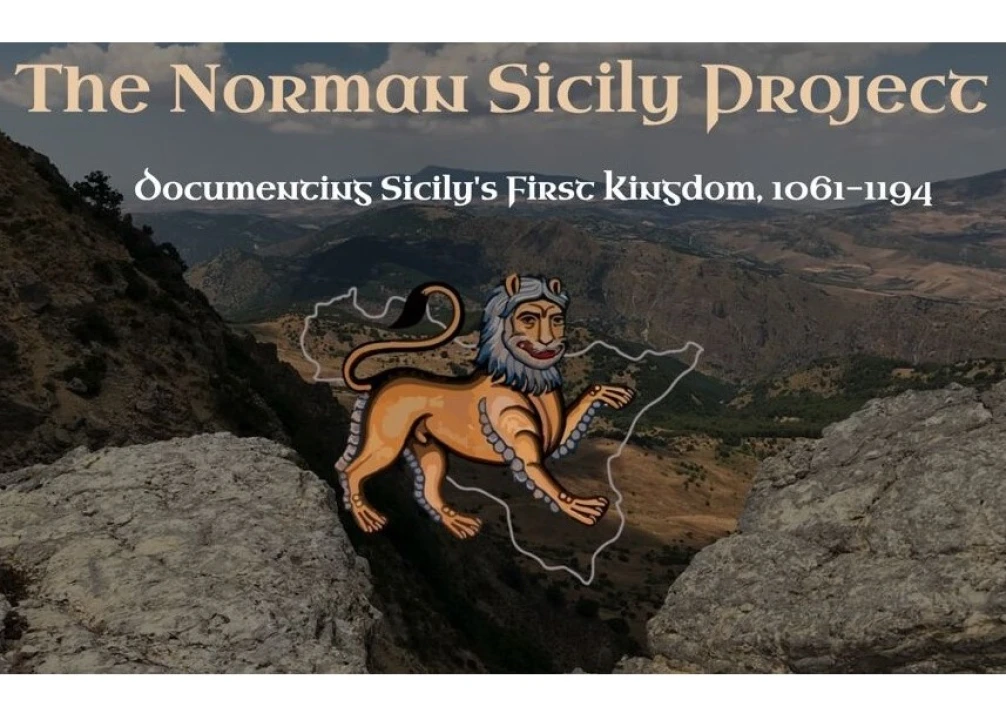Sicily is a well-known region of Italy and its culture has a feeling of familiarity to many, having helped shape American perceptions of Italian-Americans and the land from which their ancestors came. Yet few are aware that the island was a crucible of exotic cultures – a land where eastern European, western European and North African influences were melded to create an extraordinary hybrid society.
Fewer still are aware that in the 1000s and 1100s the island was host to a rich and powerful kingdom headed by a family with roots in Normandy, a duchy in what today is northern France. The Normans in Sicily produced a culture that was so special that in 2015 the United Nations Educational, Scientific and Cultural Organization (UNESCO) inscribed on its World Heritage List nine monuments from this society – collectively known as the itinerary of Arab-Norman Palermo and the Cathedral Churches of Cefalù and Monreale.
These sites are now protected and measures have been taken to shield them from natural and human threats. However, at the same time, there are scores of structures that survive from the same culture that are not so fortunate.
The Norman Sicily Project (NSP, normansicily.org (English) or sicilianormanna.it (Italian)) was begun in 2015 by Dawn Marie Hayes, professor of medieval history at Montclair State University, and her husband, Joseph Hayes, a senior software engineer in the private sector, to call attention to Sicily’s finest hour – a time when, far from the poverty and unemployment with which, unfortunately, the island has become associated – it was a shining light in the Mediterranean. Supported by funding from Montclair State as well as from the National Endowment for the Humanities, they have begun to develop a web app that records the monuments from this society, placing them geographically on a map with records that provide important information about them.
As of today, Sicily’s +/- 200 monasteries are visible on their map (http://normansicily.org/en/places/), along with over 4,000 images and videos for ones to which the team has been able to make field visits. The data that have been collected can be downloaded freely for personal use (http://normansicily.org/en/resources/). A database of the society’s castles is also developed and other classes of monuments – such as churches – are being documented.
In addition, in an attempt to help people understand how connected Norman Sicily was to other parts of Europe at this time, the team has created a kinship network graph for the ruling family which currently contains over 1,350 records (http://normansicily.org/en/people/). The site also includes a form that stakeholders can use to share information with the team for inclusion in the database, serving as a crowdsourcing platform for Norman Sicily’s cultural heritage.
The site is currently in prototype form and Prof. Hayes is applying for additional funding to keep the project moving forward. One of the most interesting aspects is that the NSP brings together contemporary-oriented disciplines, such as the earth and computer sciences, to help reconstruct and interpret the past. The site is being developed using cutting-edge digital technologies and the team plans to leverage machine learning and predictive analytics in a fully-implemented web app that can help high school teachers and college professors more easily incorporate Sicily’s history in their courses, can support researchers as they develop new understandings of this fascinating society (some examples of early interpretations of the evidence may be found at http://normansicily.org/en/resources/engage/) and can offer a flexible model for other heritage-minded teams looking to electronically represent a community’s past.
Questions or comments may be directed to Prof. Hayes at [email protected].



